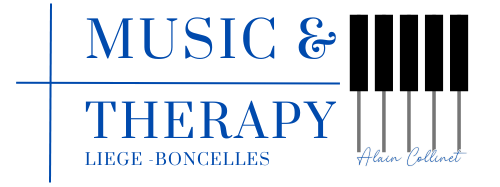Wellness relaxation
Wellness relaxation
Discover the various relaxation techniques and their benefits for the body and mind.
The relaxation techniques
In a world often driven by the relentless pace of modern life, finding moments of tranquility and relaxation has become essential for our physical and mental well-being. But did you know that there isn’t just one relaxation method, but rather a range of practices, each offering its own benefits and techniques?
From ancient approaches like meditation and yoga to more contemporary methods such as mindfulness techniques or sound-based relaxation, the options are varied and tailored to various needs and preferences. Each technique brings a unique dimension of calm and comfort, leading to hormonal changes, better stress management, improved sleep, and a reduction in physical and mental tensions.
Often overlooked or despite the clear evidence of their beneficial effects, they now benefit from scientific studies demonstrating the positive impacts of these practices on our overall health, ranging from reducing blood pressure to improving concentration and mental clarity, and even alleviating symptoms for some.
I’ll introduce you to some that have been part of my practice for a long time, and I know others too…
The Autogenic Training of Schultz, or A.T.S.

The Autogenic Training, or A.T., developed by the German psychiatrist Johannes Heinrich Schultz in the 1920s, is a technique of deep relaxation that relies on self-suggestion and mental concentration. This method aims to induce a state of physical and mental relaxation using simple phrases and mental imagery.
The practice of Autogenic Training typically involves a series of guided exercises, where the individual focuses on specific sensations in their body and uses suggestion phrases to promote relaxation. These sensations include heaviness and warmth in the limbs, a warm sensation around the heart and breath, as well as coolness in the forehead.
The results of Autogenic Training can be remarkable for those who practice it regularly. Individuals who incorporate this technique into their routine may experience reduced stress and anxiety, improved sleep, increased concentration, and greater ability to cope with daily challenges. Moreover, this method can also have beneficial effects on physical health, such as reducing muscle tension and lowering blood pressure. It is increasingly being used by athletes to enhance their performance.
Guided Daydreaming, or G.D.

Guided Daydreaming, or G.D., is a relaxation and exploration method of the unconscious that involves the use of guided imagination to reach a state of altered consciousness. Unlike nocturnal dreaming, where the mind is often free to wander without control, guided daydreaming is a conscious experience where the individual is guided by a practitioner through a process of psychological and emotional exploration.
The results of guided daydreaming can vary from person to person, but they may include better self-understanding, resolution of internal conflicts, relief from stress and anxiety, as well as stimulation of creativity and imagination.
By allowing the mind to freely travel in the realm of imagination, guided daydreaming provides a safe space to explore the depths of the mind and discover new perspectives about oneself and the world.
Musical Techniques: the G.I.M

The Guided Imagery and Music, or G.I.M., is a therapeutic approach that combines the power of music and imagination to promote healing and personal exploration. This innovative method, developed by Helen Bonny in the 1970s, offers a profound and meaningful inner journey through guided sessions of music listening and mental imagery.
At the heart of the G.I.M. method lies music, carefully selected for its evocative and emotional qualities. Musical selections are specifically chosen for their ability to evoke emotions, memories, and inner imagery in participants. The music thus becomes the guiding thread that leads each individual’s inner journey.
G.I.M. sessions are led by certified therapists who use guided imagery scripts to direct participants’ experiences. These scripts provide verbal suggestions that encourage imagination and introspection, inviting listeners to explore their bodily sensations, emotions, and thoughts. Guided by the music, participants are encouraged to enter a state of altered consciousness where they can access their inner world with greater depth and clarity.
The results of the G.I.M. method are often deeply transformative. Participants often report increased relaxation, mental clarity, resolution of personal issues, and personal growth. The G.I.M. method can be used to address a variety of mental and emotional health issues, including stress, anxiety, depression, and trauma.
By providing a safe and supported space to explore the depths of the mind and heart, the G.I.M. method opens the door to profound and meaningful healing for those seeking to transform their lives through music and imagination.
Information on Rates and Contact Pages
Therapeutic forms in complete alignment with the ecology of the time
©Alain Collinet 2024
